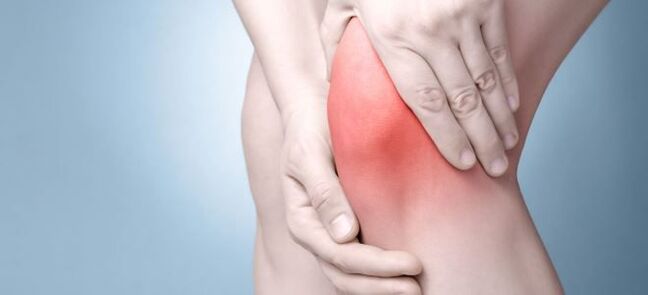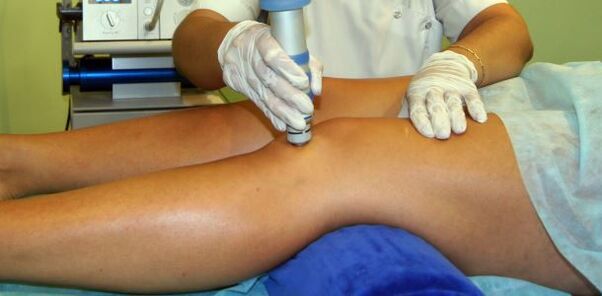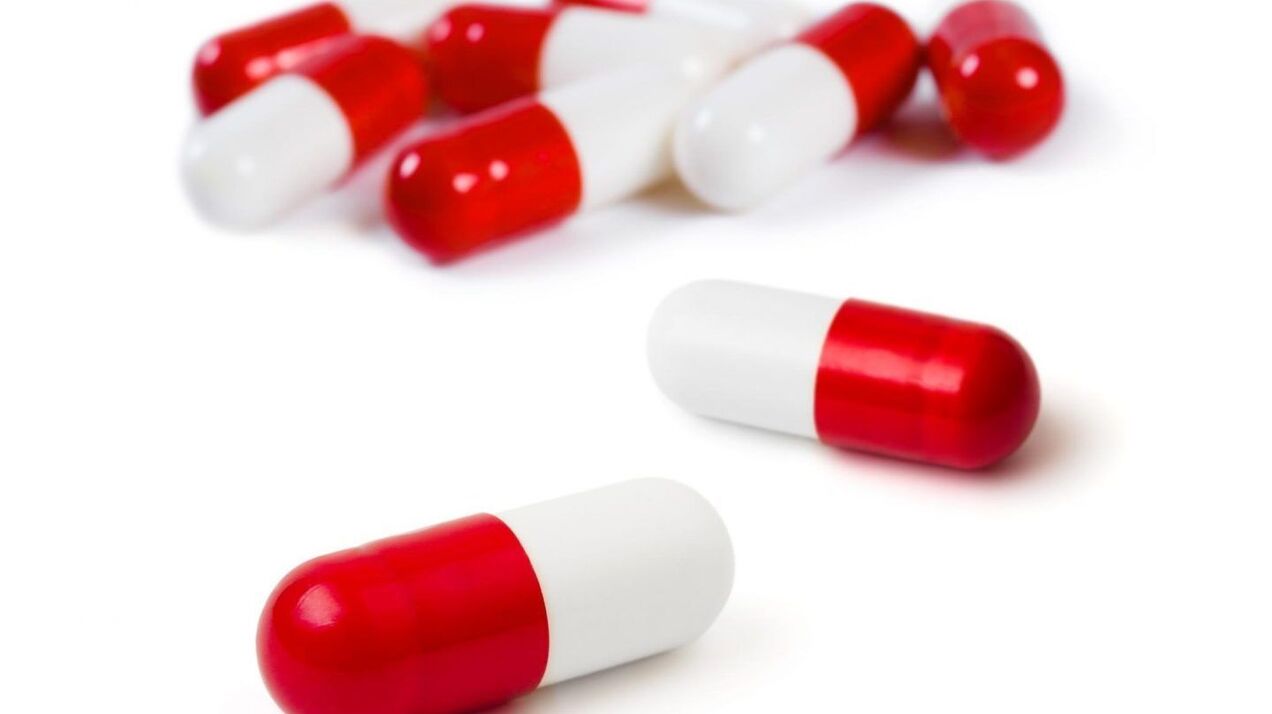
Those who are facing joint diseases are often interested in: arthritis and osteoarthritis - what is the difference between them. These diseases affect one-third of the population aged 36-49 years, as well as every 50-70 year old. In older people, pathology occurs in 90% of people. These diseases have similarities and differences.
How is arthritis different from joint disease?
In general, the difference between these diseases is shown in their names. From the Latin word disease, in terms with the suffix "-it", refers to an inflammatory process taking place in the body. If the name contains the combination "-oz", this indicates tissue destruction. Arthritis and osteoarthritis are no exception. The disease is first manifested by swelling and inflammation of the synovial membrane. The second disease is the destruction of cartilage and surrounding areas of bone.
Causes of Arthritis and Rheumatoid Arthritis
There are several factors that can contribute to the development of both the first and second diseases. There are five such "provocateurs":
- Prolonged stress on the joints. Usually this reason is observed in athletes.
- Hypothermia - frequent exposure to cold water, snow, etc. v.
- Joint damage.
- Genetic predisposition - diseases of a heritable nature.
- Congenital diseases of bones and connective tissues.
Specific "provocateurs" of arthritis include:
- the infection has entered the body, causing inflammation;
- overweight;
- poor nutrition (due to a lack of valuable substances, the body's defenses are affected).
Arthritis is a progressive disease, independent of diseases of other organs and systems. That is, the disease is not related to the general condition of the body. It is called by such "provocateurs":
- hormonal disorders in the body;
- Perthes disease;
- hemophilia;
- severe intoxication of the body;
- age-related cartilage degeneration.
Rheumatoid arthritis can cause arthritis if it is not treated properly. This situation happens quite naturally, because the synovial bursa degenerates leading to the nutrition of the cartilage tissue is disturbed. As a result, this leads to its destruction. For this reason, it is important to immediately contact a doctor when alarm signals are detected by the body.
Symptoms of Arthritis and Arthritis

These diseases differ in their clinical manifestations. In addition, arthritis and paresis - what is the difference between them, you can see through the region of localization of the diseases. The inflammatory process attacks these parts of the body:
- joints;
- Liver;
- heart and blood vessels;
- lung;
- kidney.
Arthritis affects only the joints:
- hip;
- metatarsophalangeal on the foot;
- knee;
- interphalangeal on the hand.
There are common signs of arthritis and joint dryness. These include the following symptoms:
- stiffness of motion;
- feel pain;
- loss of mobility.
Arthritis - signs
The following factors indicate the development of this disease:
- morning stiffness;
- an increase in body temperature in the area where the inflammatory process occurs (the area becomes hot to the touch);
- soft tissue swelling near the affected joint;
- pain (at rest and during exercise);
- red skin.
Symptoms of arthritis when the disease affects other organs and systems:
- prostration;
- violation of the heart rhythm;
- chills;
- conjunctivitis;
- increase in body temperature up to 39 ° C;
- pain when urinating.
Arthritis - signs
One of the main symptoms of this disease is pain. They appear both at rest and when the joint is loaded. Additionally, symptoms of osteoarthritis can be:
- reduce the range of motion;
- crunching sound (due to the meniscus being erased);
- limb deformation.
Treatment of arthritis and dry joints

Before starting treatment, a diagnosis is made. It includes the following activities:
- X-ray;
- provide a general blood test;
- arthroscopy;
- Ultrasound of the connective tissue.
The difference between arthritis and joint disease in the treatment of these diseases is practically nonexistent. Therapy includes the following steps:
- eliminate pain;
- maintaining connective tissue;
- remove stiffness;
- reduce the risk of recurrence.
Treatment of these diseases involves an integrated approach. In arthritis it is aimed at reducing the inflammatory process, and in joint diseases it is aimed at restoring cartilage tissue. Treat using the following methods:
- physical therapy;
- physical therapy exercises;
- drug treatment;
- diet food.
The difference in the treatment of arthritis and osteoarthritis can be seen in the prescriptions of doctors. So, if the inflammatory process is infectious, antibiotics are prescribed during treatment. When autoimmune arthritis is diagnosed, steroid hormones are prescribed. However, you cannot choose your own medicine. This treatment is not safe. At first, you may even have a feeling that the disease is in remission: the pain subsides, the stiffness disappears. However, in reality the situation is not as it seems. Although the obvious signs disappear, the disease continues to progress.
Arthritis and arthritis are treated with injections, tablets and ointments - what is the difference between such treatments, the doctor will tell in detail. He will prescribe the optimal drug treatment option. To improve the effect, correction of violations is performed. If drug therapy cannot cope with these diseases and they develop into a serious form, surgical intervention will be performed.
Which doctor treats arthritis and dry joints?
In order for the disease not to turn into a lethargic form, you need to see a doctor promptly. To do this, you need to know which doctors treat arthritis and joint diseases. At domestic clinics, the following specialists are involved in the treatment of the following diseases:
- Rheumatologist - they turn to him with mild symptoms of the disease. The doctor will conduct an examination, transfer the patient to an X-ray, and then prescribe the optimal treatment method.
- Surgeon - helps to cope with unbearable discomfort.
- Chiropractor - specializes in chronic pain.
Ointment for arthritis and dry joints
External factors have the following effects:
- blood circulation is improved;
- achieve antibacterial effect;
- cartilage nutrition is normalized;
- reduced pain sensation;
- provides a warming effect.
In the treatment of arthritis, osteoarthritis at home, the following groups of ointments have been shown to work well:
- vasodilators;
- warming;
- analgesic;
- Anti-inflammatory.
The effectiveness of the use of external agents is low. Approximately 7% of the active substances are delivered through the skin to the affected joint. For this reason, doctors recommend using ointments only at the initial stages of the disease. In addition, these drugs can be used as an additional tool in complex therapy. The duration of use of such ointments is determined by the doctor individually in each case.
More often, anti-inflammatory and analgesic drugs, warming and vasodilator ointments are prescribed.
Medicines for osteoarthritis and arthritis

The following antibiotics may be prescribed:
- macrolite;
- tetracyclines;
- fluoroquinolones.
In addition, non-steroidal anti-inflammatory drugs for the treatment of arthritis and rheumatic diseases and chondroprotectors may be prescribed.
Arthritis, arthritis - treatment with folk methods
In the fight against these diseases, various healing methods can be used. Folk remedies are very popular. They have undeniable advantages: availability, ease of manufacture and naturalness. However, they should only be used after consulting a doctor. He knows what arthritis, osteoarthritis is, what is the difference between them, so he will help you choose the best remedy. It is not safe to drink homemade "drugs" uncontrollably.
Arthritis, arthritis - alternative treatment with blackcurrant
Element:
- black currant leaves - 4-5 g;
- water - 250 ml.
Preparation, application:
- Ingredients must be poured with boiling water and insisted in a water bath for 20 minutes.
- The drug should be filtered and taken 1 tbsp. spoon three times a day.
- The remaining product is stored in an airtight container in the refrigerator.
Diet for Arthritis and Rheumatoid Arthritis

Properly selected nutrition will help alleviate the patient's condition. The Arthritis and Joint Disease Diet does not include the consumption of the following foods:
- strong tea and coffee;
- salinity;
- chocolate
- acoholic drink;
- margarine and butter;
- french fries and french fries;
- yolk;
- cod liver.
After a doctor diagnoses arthritis and joint disease and explains to the patient what the difference is between them, the doctor may recommend a diet that includes consuming foods such as the following:
- ginger;
- almonds;
- apple
- black beans;
- salmon
- fresh fruits and vegetables;
- beef;
- chicken and so on.
Prevention of arthritis and dry joints
It is much easier to prevent diseases than to fight them later. Joint diseases, arthritis include the following preventive measures:
- Properly balanced nutrition.
- Do not overload the joints - alternating mental and physical work.
- To reject bad habits.
- Check your weight.
- Wear orthopedic shoes.
- Protect joints from hypothermia and injury.
- Exercise, swimming and other sports do not overload the joints.














































